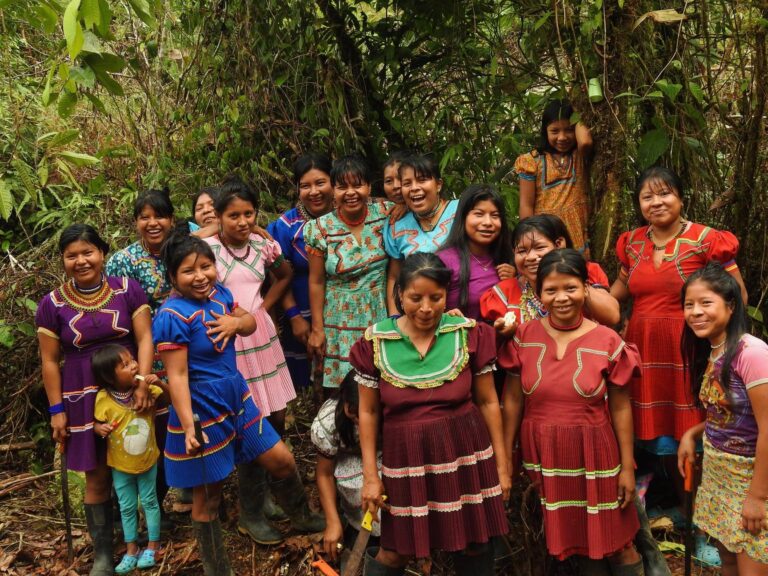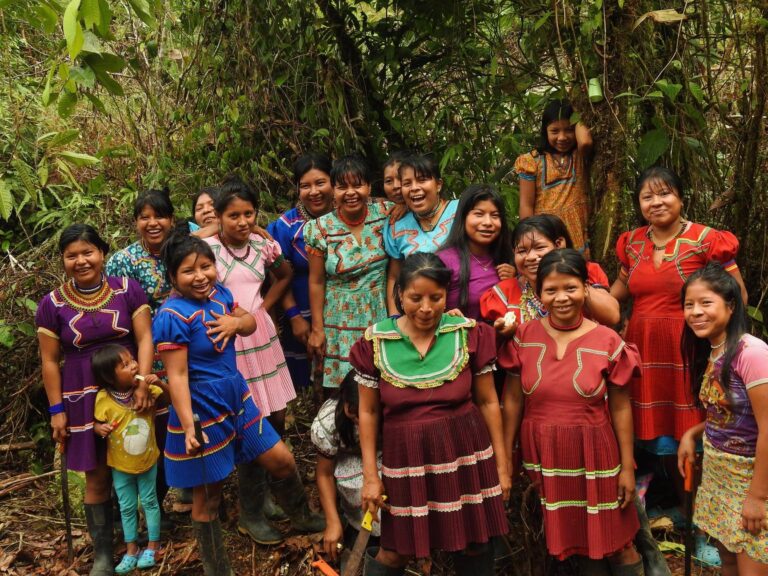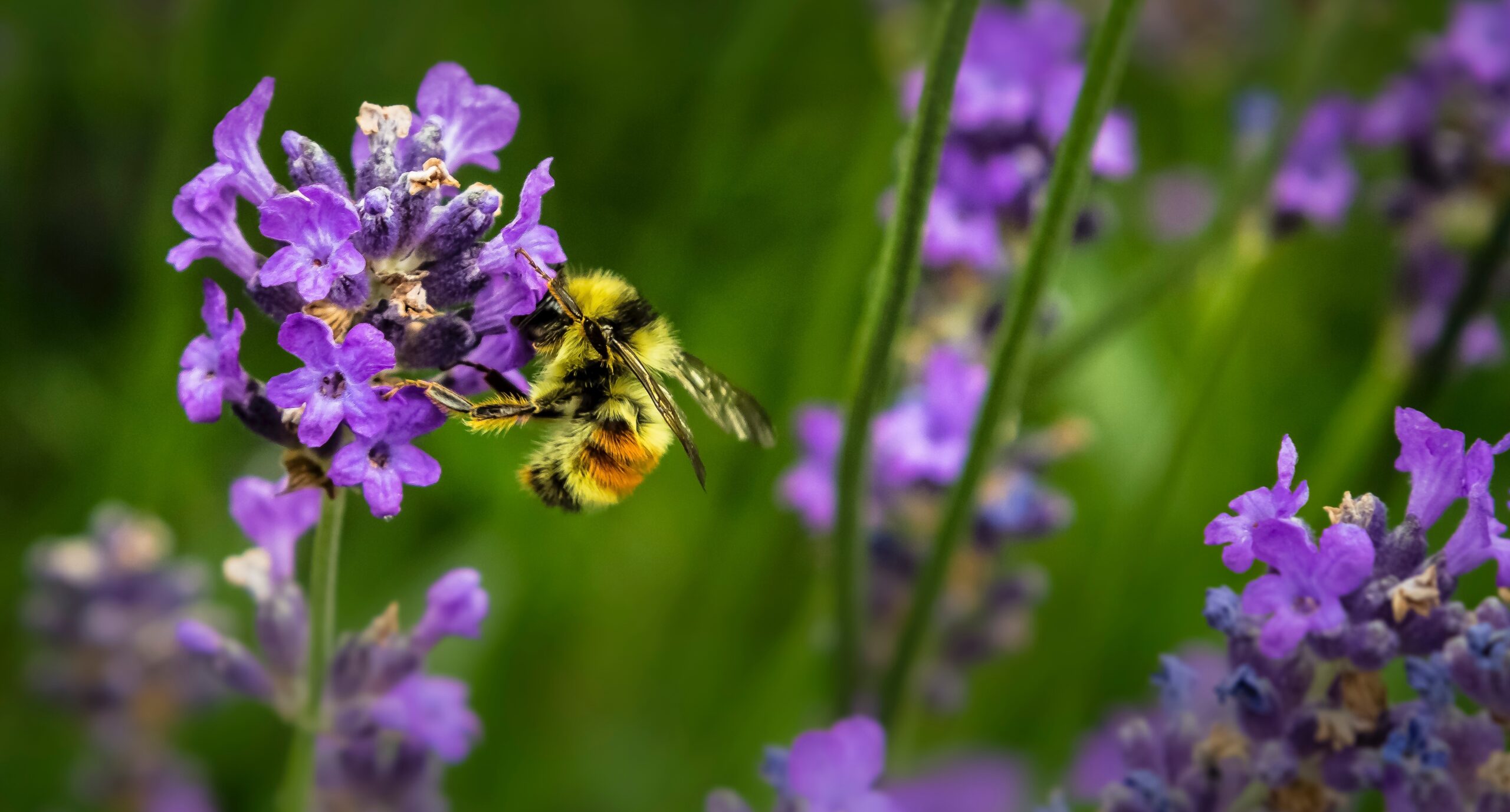
Biodiversity
The diversity of life on Earth is essential to the health of our planet and to our wellbeing as human beings. But nature is under pressure as never before. Our needs for food, water and land, and our demands for energy and more and more stuff are destroying habitats, polluting our air and water, and driving species of animals and plants to extinction. We are now losing biodiversity up to ten thousand times faster than it was disappearing 100 years ago.
We are in a bottleneck of overpopulation and wasteful consumption that could push half of Earth’s species to extinction in this century.”
– E.O Wilson
Population Matters
Population Matters is a UK-based charity working with partners, friends and stakeholders globally to achieve a better future for people and planet. Our vision is of a future in which our population co-exists in harmony with nature and prospers on a healthy planet, to the benefit of all.
Please sign up below for our monthly newsletter to find out more!
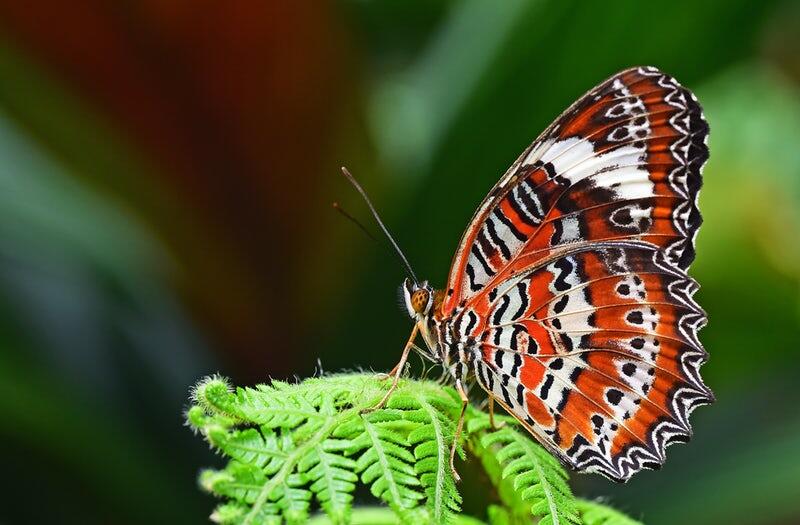
In May 2019, the Intergovernmental Science Policy platform on Biodiversity and Ecosystem Services (IPBES), released its global assessment, identifying the major threats to biodiversity worldwide. It explicitly noted that human population growth is an indirect driver of biodiversity loss and stated:
…changes to the direct drivers of nature deterioration cannot be achieved without transformative change that simultaneously addresses the indirect drivers.”
Diversity is key
Healthy ecosystems, interdependent webs of living organisms and their physical environment, are vital to all life on Earth. Our ecosystems provide us with clean air, fresh water, food, resources and medicine.
Biodiversity, the variation of life on Earth, is a major factor in nature’s resilience. In a biodiverse ecosystem, if the environment changes and some organisms can no longer thrive, others can take their place and fulfil essential functions. It is often the most overlooked species that are the most important to healthy ecosystems. Insects, for example, play an essential role in pollinating flowering plants — a third of the food we eat depends on animal pollinators.
Read our report, Vanishing Icons: How population growth is driving our most loved animals to extinction, which takes a look at six iconic species, and shows how our actions and numbers are threatening the natural world.
The good news is that there are positive, ethical solutions to address the impact of population on biodiversity loss known as Population Health Environment (PHE).
Help support PHE as a solution to solve the biodiversity crisis.
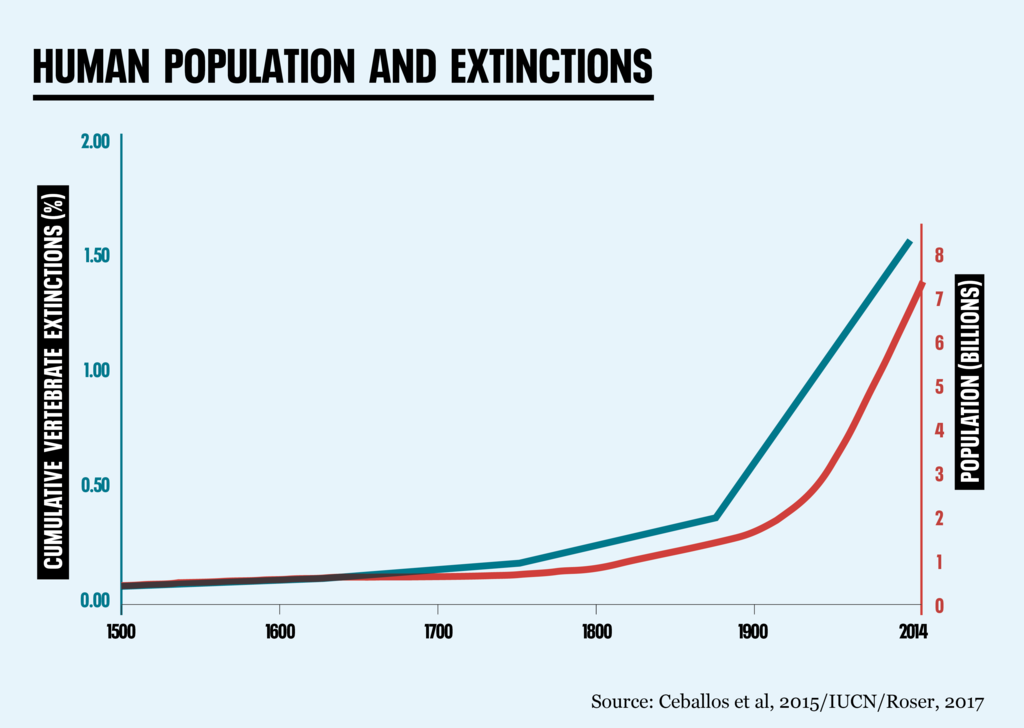
The Sixth Mass Extinction
Since life appeared on Earth, there have been several mass extinctions in which many species were wiped out because of catastrophic climate change, volcanic activity, the impact of an asteroid or other reasons we have not yet discovered.
The plants and animals which currently live on Earth have continued to evolve over the 65 million years since the last mass extinction. But many scientists consider the huge reduction in biodiversity since the emergence of humans is now on the scale of another mass extinction. This is known as the Anthropocene extinction or sixth mass extinction.
WWF’s latest Living Planet Report estimates that we have lost 68% of all vertebrate wildlife populations since 1970. That’s more than half of all birds, mammals, reptiles, amphibians and fish gone in just 50 years. During that time, our population has more than doubled, increasing from 3.7 billion to over 7.9 billion today. Invertebrates, while understudied, aren’t faring any better. A German study found that flying insect populations (including pollinators) have crashed by three-quarters since 1989, reflecting similar trends around the world.
In its landmark 2019 report, IPBES reported that one million species are now at risk of disappearing for good and according to the IUCN Red List of Threatened Species, 41% of amphibians, 25% of mammals, 34% of conifers, 13% of birds, 31% of sharks and rays, 33% of reef-building corals, and 27% of crustaceans are threatened with extinction.
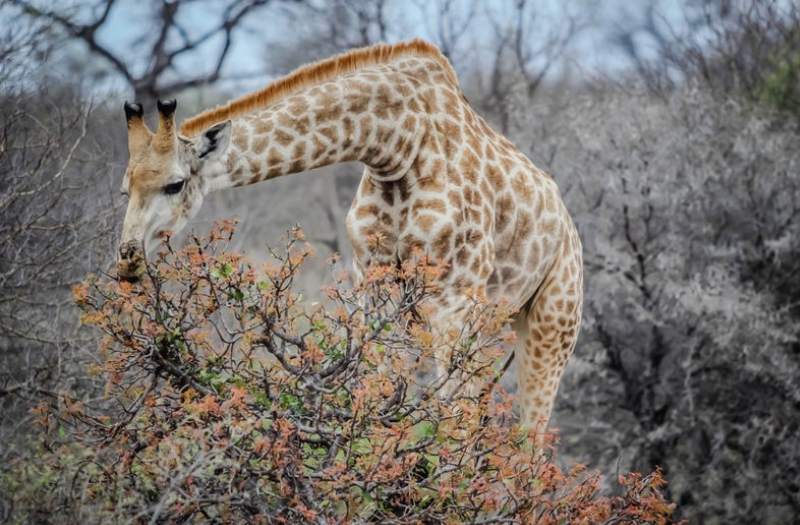
Some countries are worse off than others. The 2016 State of Nature report concluded that the United Kingdom was one of the most nature-depleted countries in the world.
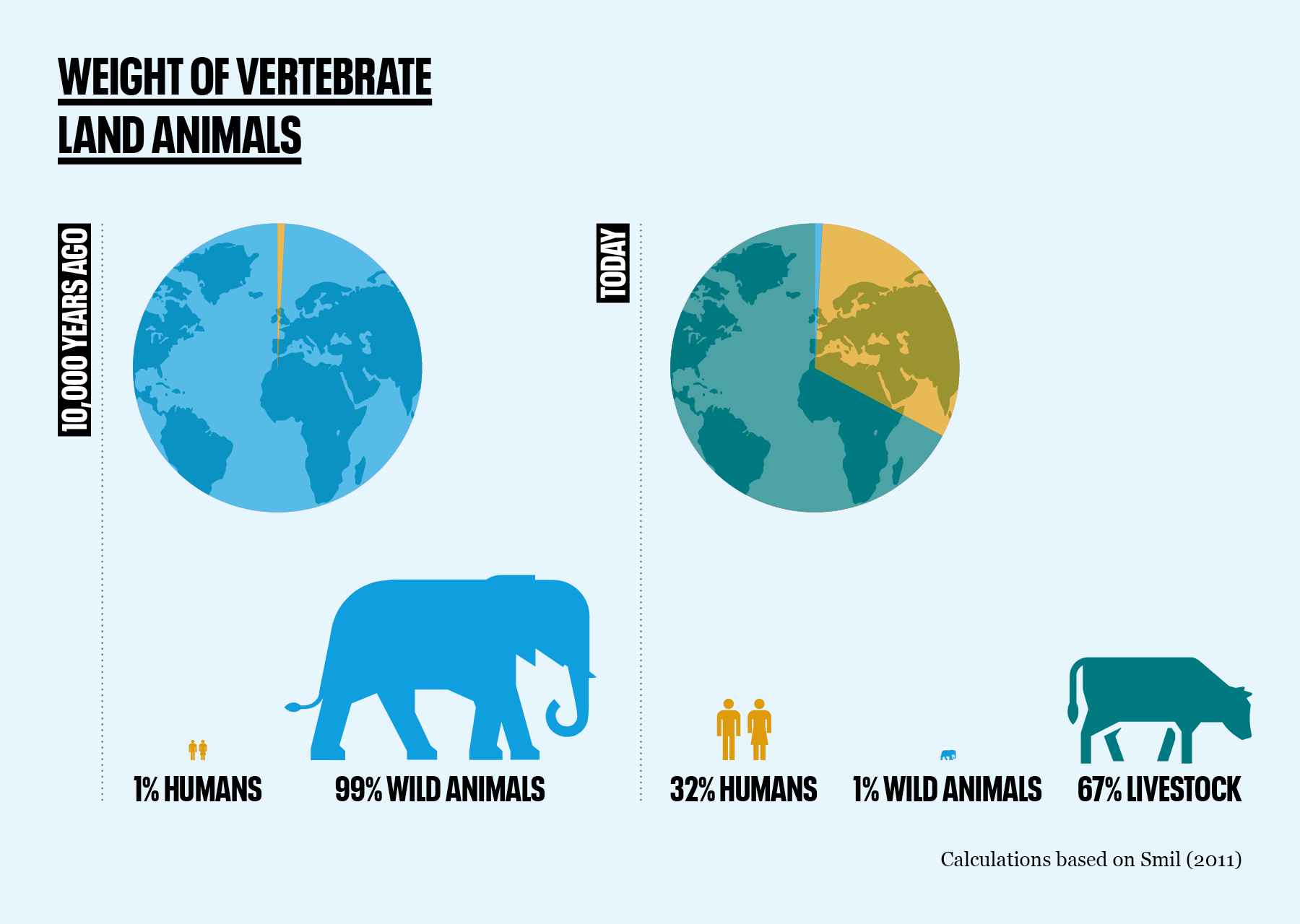
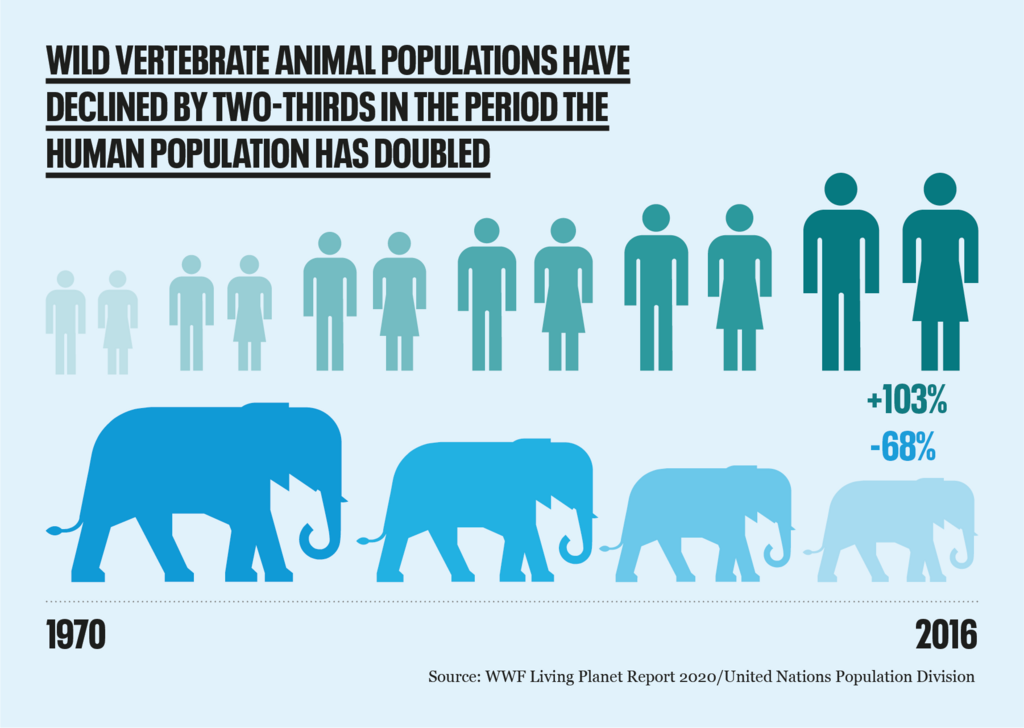
The drivers of extinctions
Since 1970, trends in agricultural production, fish harvest, bioenergy production and harvest of materials have increased, in response to population growth, rising demand and technological development. This has come at a steep price, which has been unequally distributed within and across countries.”
Intergovernmental Science-Policy Platform on Biodiversity and Ecosystems Services, 2019
Biodiversity loss is attributable to several causes but by far the biggest culprits are habitat destruction and overexploitation of species, driven by our exploding numbers and unsustainable consumption.
Habitat destruction
Ever more people need ever more space. Damaging human activity continues to encroach on natural environments, thereby destroying the habitats of countless species. As our numbers rise, cities, infrastructure and cropland (see ‘Agricultural Intensification’ below) are growing and merging into each other, fragmenting the remaining habitat and leaving isolated “islands” of natural populations of plants and animals too small to survive. According to IPBES, only one quarter of land areas and one third of oceans remain relatively undamaged by human activity.
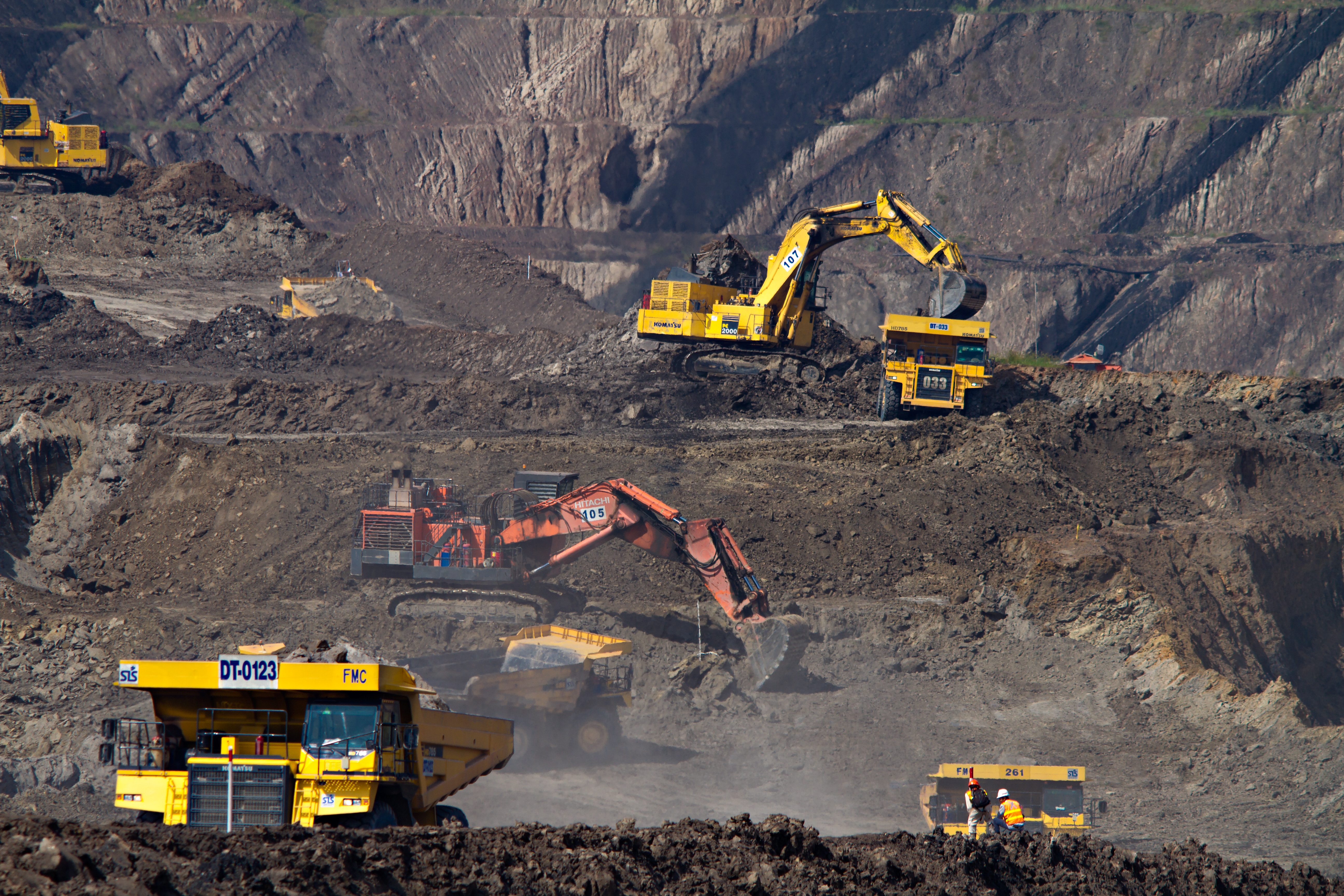
Overexploitation
Ever more people need ever more things. Humankind’s relentless consumption of resources such as timber, oil and minerals is continuing to destroy natural habitats around the globe. We are also putting enormous pressure on populations of wild species, both by bushmeat hunting in the developing world and by large-scale industrial fishing in our seas. Wildlife poaching and trafficking still present a huge threat to many species, including rhinos, tigers and pangolins.
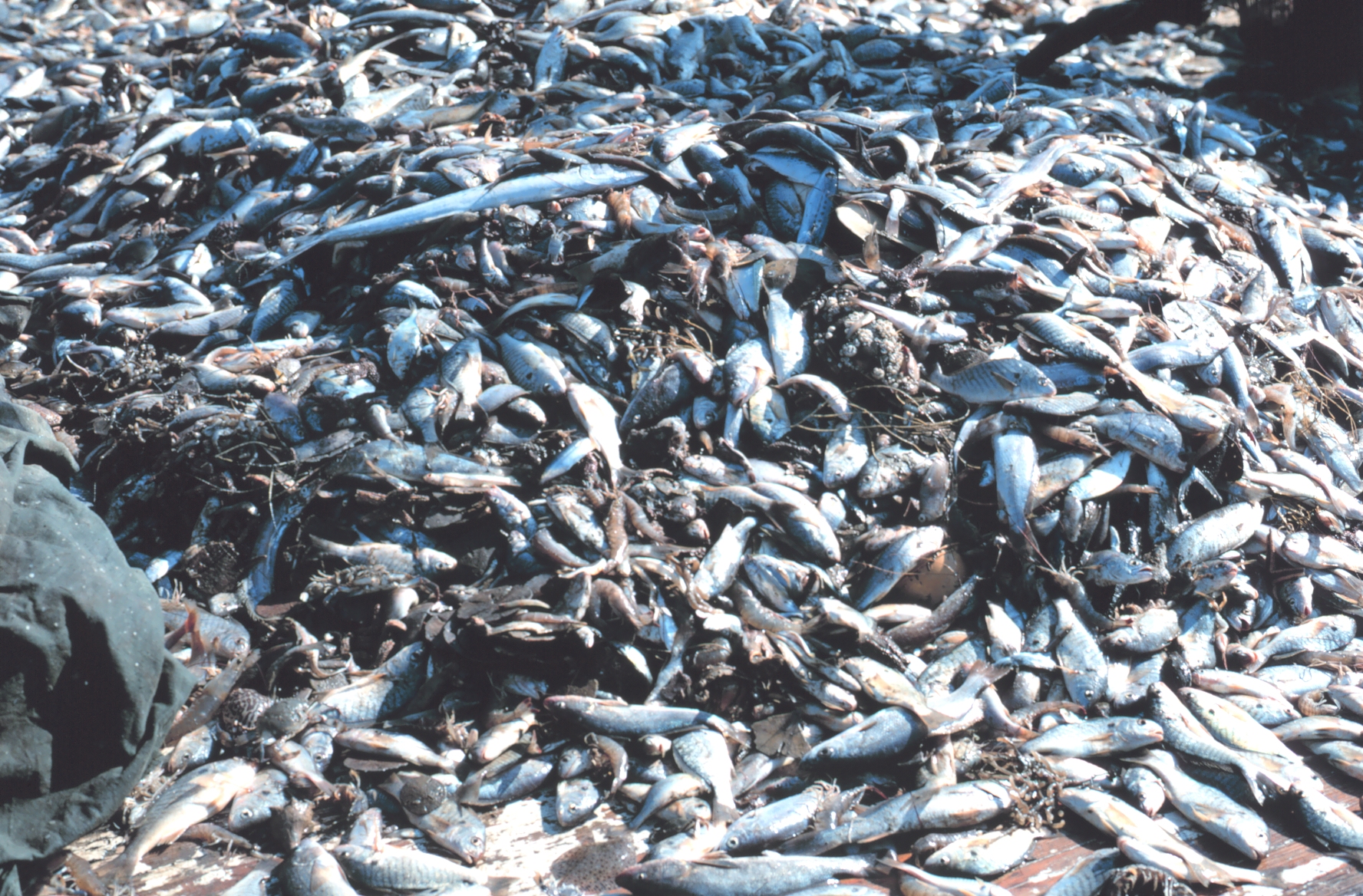
Climate Change
Ever more people produce ever more climate emissions. Our planet is on the verge of a climate crisis due to our endless production of greenhouse gases including carbon dioxide and methane. We are headed for a 3-4 °C warmer world by the end of the century if nations’ current climate ambitions are delivered on. We are already seeing species decline due to global temperature increase. Every half a degree of warming has a huge knock-on effect on ecosystems, with mobile species running out of areas to migrate to and temperature-sensitive organisms like corals undergoing massive die-offs. When keystone species like reef-building corals disappear, the rich and complex ecosystems they support collapse as well.
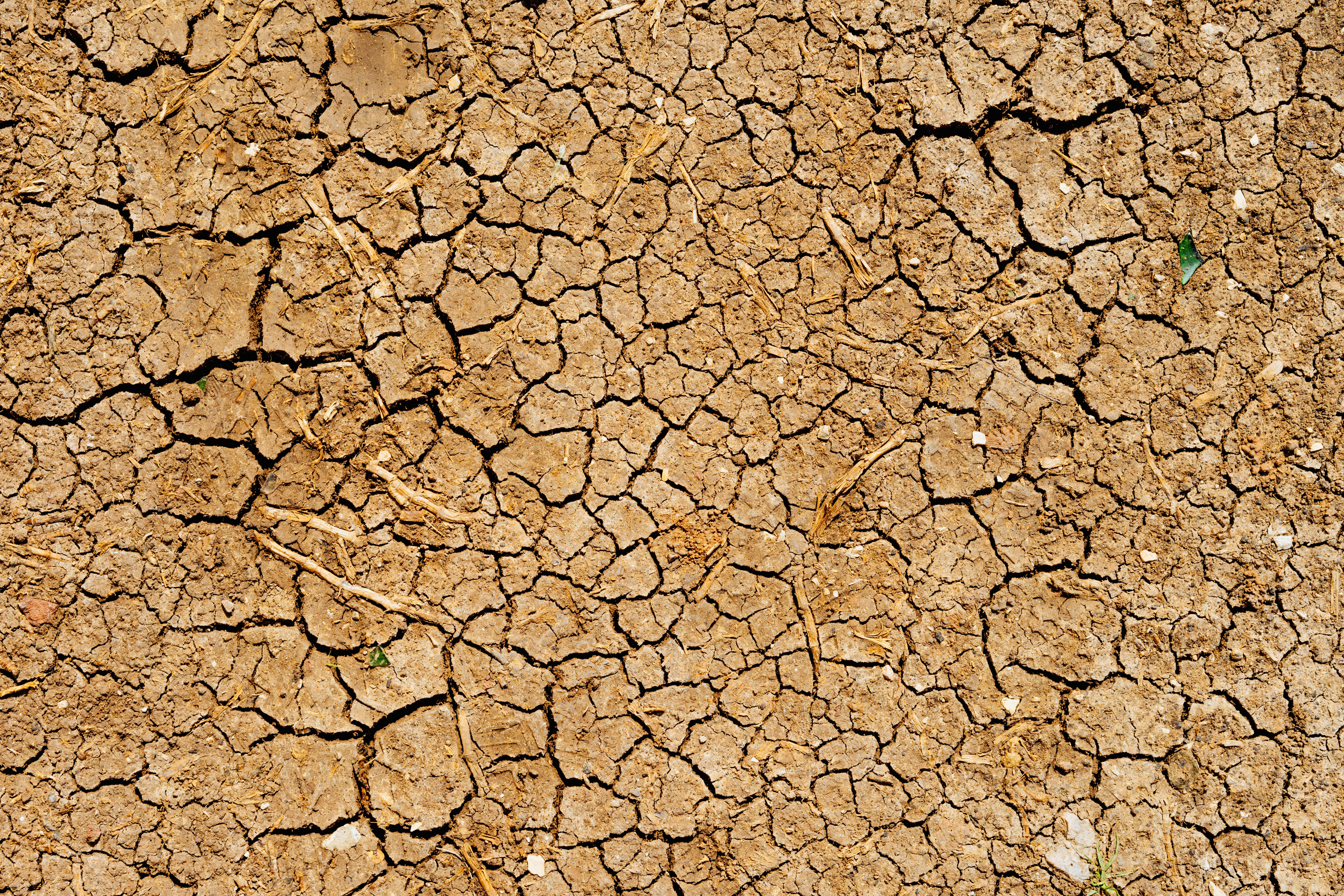
Pollution
Ever more people produce ever more waste and pollution. As populations increase, the disposal of waste from households, agriculture and industry, becomes an increasingly serious issue. Our oceans are becoming choked with plastic waste which is killing millions of animals, from sea turtles to whales. The Ellen MacArthur Foundation estimates that by 2050, there will be more plastic than fish in the sea. As well as affecting the lives of humans, noise, light and chemical pollution all damage the health of wild species.
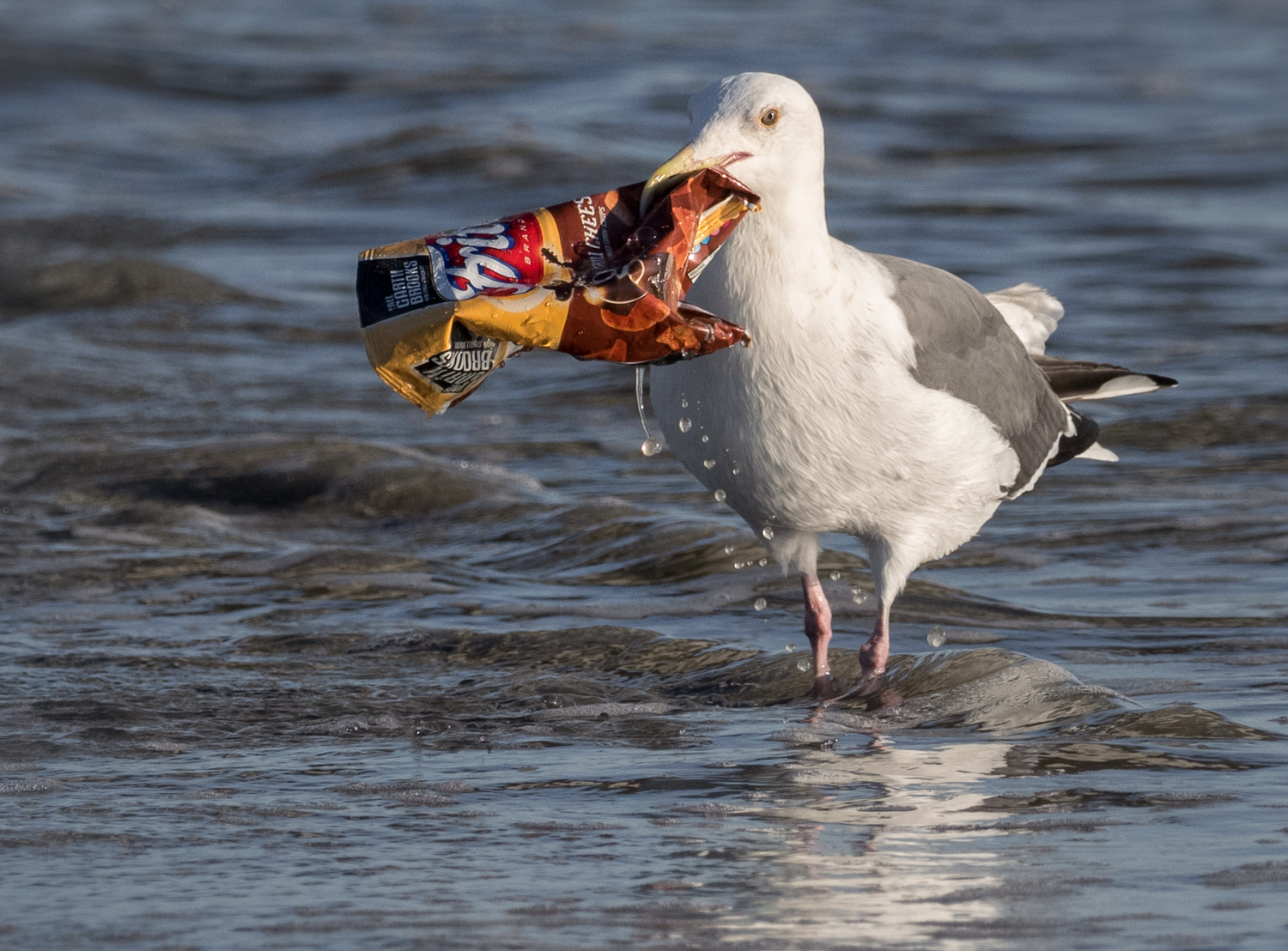
Agricultural intensification
Ever more people need ever more food. Agriculture deserves a special mention here as it is a primary driver of habitat destruction, climate change and pollution. Agriculture takes up 50% of all habitable land on Earth, 80% of extinction threats to mammal and bird species are due to agriculture, and our modern food systems are also the biggest contributor to climate change, responsible for around a third of all greenhouse gas emissions, with more than half of these coming from animal agriculture. In order to meet the unsustainable consumption patterns of the Global North and feed our huge population, humanity has developed agricultural systems which rely on monocultures, artificial fertilisers and pesticides. Monocultures are increasingly susceptible to disease so require widespread pesticide use which destroys insect populations. Intensive farming leads to soil depletion and runoff from farms pollutes water bodies and causes harmful algal blooms and the collapse of fish stocks.
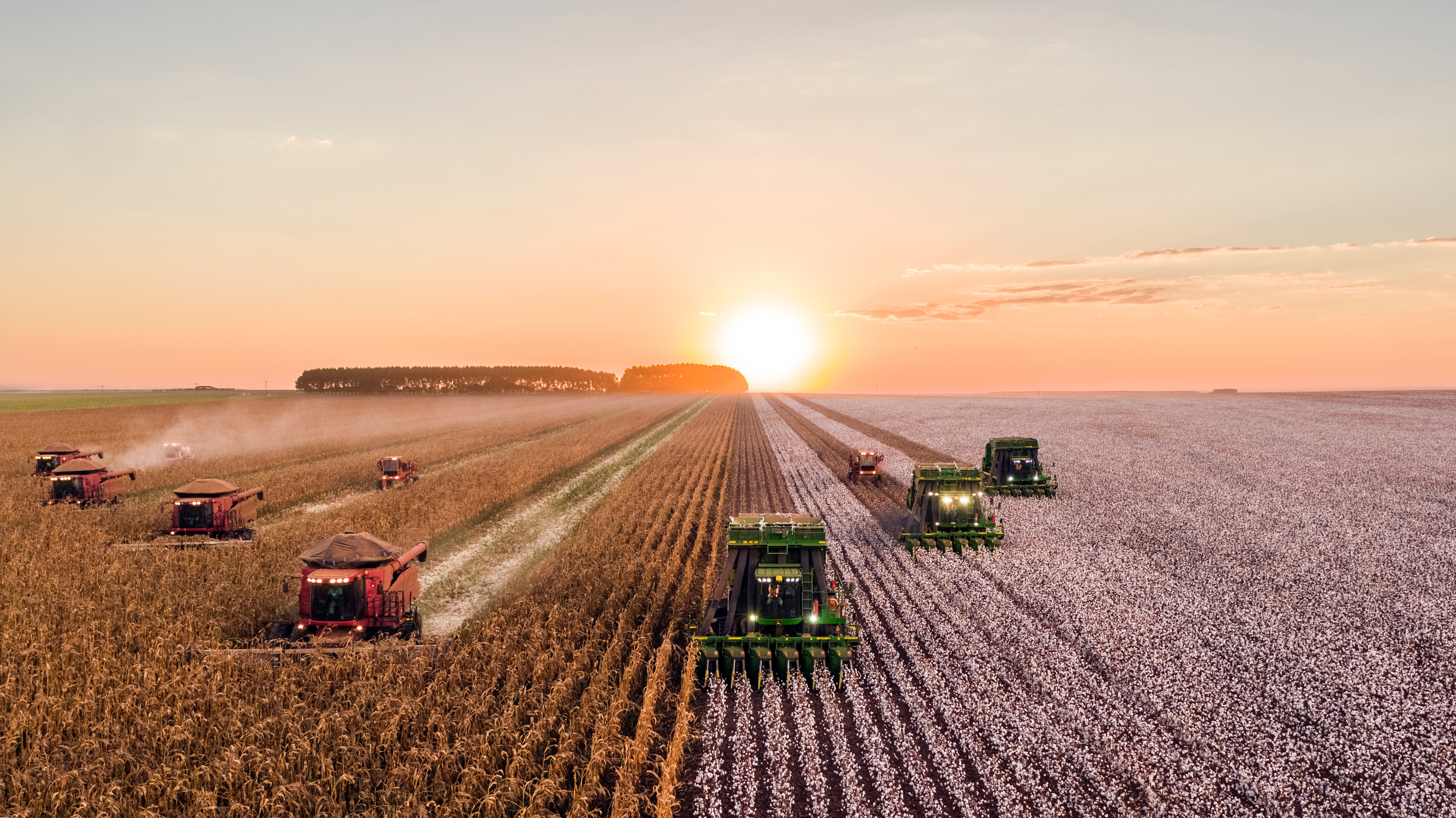
Invasive species
Ever more people means ever more travel. Human travel across the world has a very large emissions footprint but it has also allowed the spread of invasive species, both accidental and intentional. As a consequence of the introduction of non-native species to some areas, such as rabbits and cats in Australia, goats on St. Helena, and American mink in Great Britain, we have put many vulnerable ecosystems at risk, threatening native species and diminishing biodiversity.
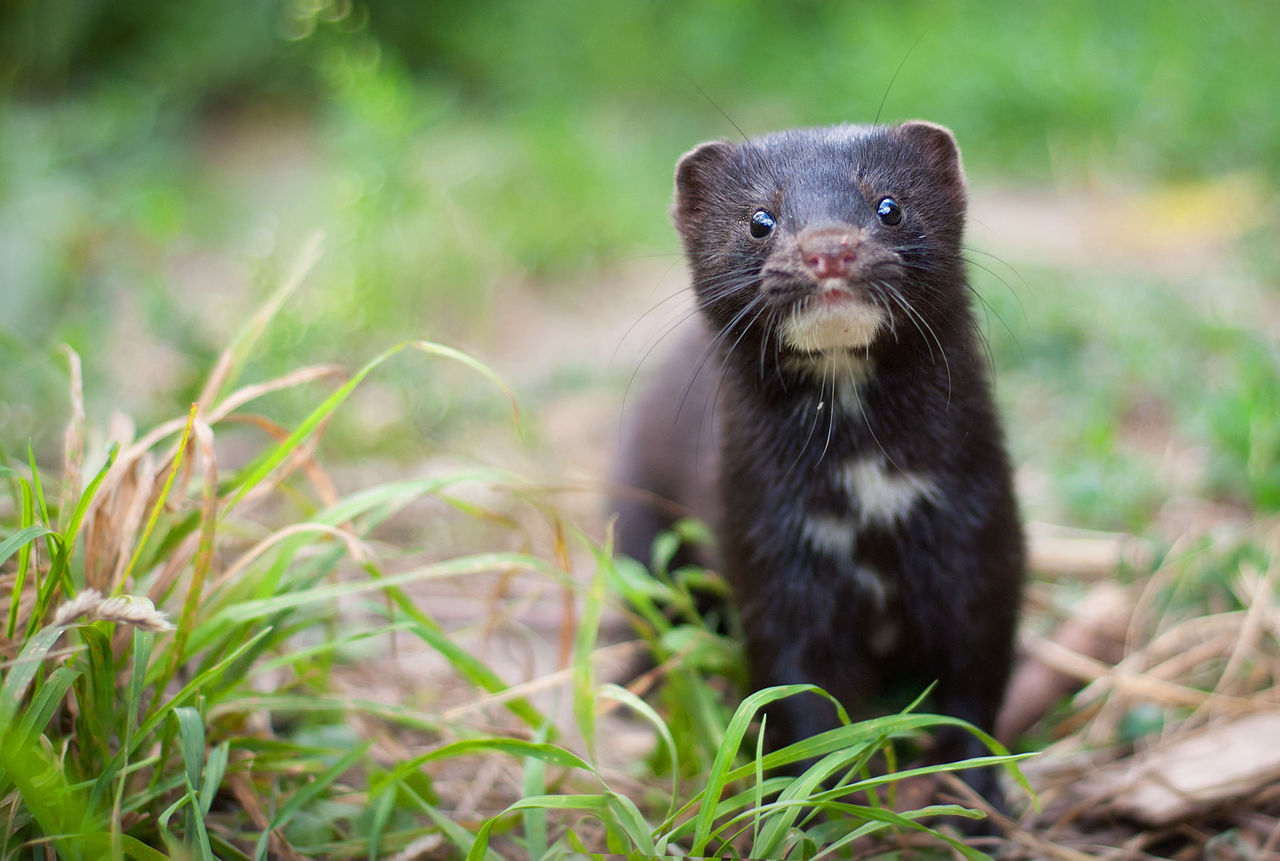
PROTECT BIODIVERSITY
The Kunming-Montreal Global Biodiversity Framework (GBF) is an international treaty signed by almost 200 countries, including the UK, which sets out an ambitious plan to half and reverse biodiversity loss by 2030.
The UK government has announced measures to support the Global Biodiversity Framework.
However, there is one effective solution that the UK government has neglected to include in any of its policies to prevent or reverse biodiversity loss – the inclusion of Population Health Environment (PHE).
join us
Support our campaign to promote PHE as a vital solution to the biodiversity crisis here.
Find out more about the positive benefits of PHE here.
Test your knowledge on biodiversity!

How much do you know about biodiversity and how it is impacted by human activity? Take our quiz to find out.
Read our latest biodiversity news
You can find all the latest updates on this topic at the link below.


